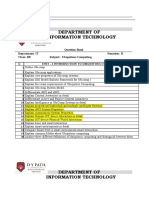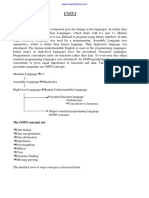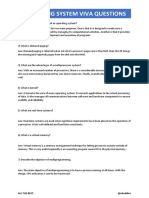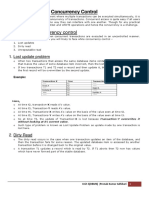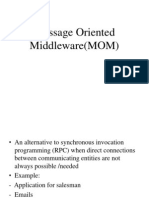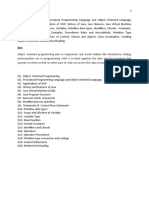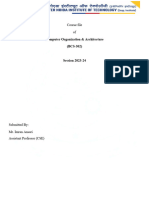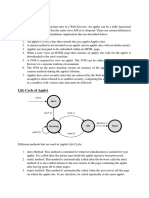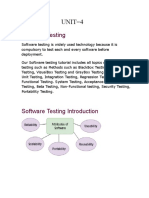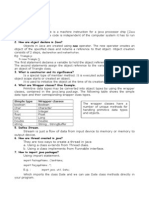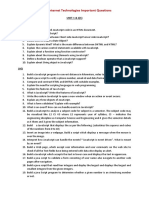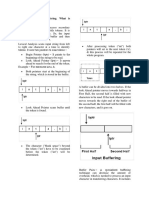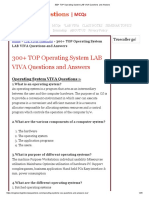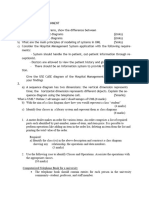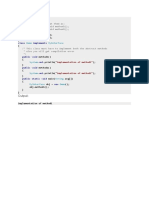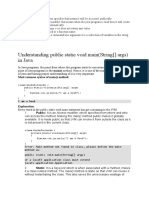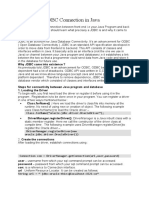0% found this document useful (0 votes)
591 views1 pageRMI Application Architecture Guide
In an RMI application, a server program creates a remote object and registers it with the registry. A client program looks up the remote object from the registry and invokes methods on it by communicating through stubs and skeletons. The transport layer connects the client and server while the remote reference layer manages references to the remote object.
Uploaded by
RASHMI DABRECopyright
© © All Rights Reserved
We take content rights seriously. If you suspect this is your content, claim it here.
Available Formats
Download as DOCX, PDF, TXT or read online on Scribd
0% found this document useful (0 votes)
591 views1 pageRMI Application Architecture Guide
In an RMI application, a server program creates a remote object and registers it with the registry. A client program looks up the remote object from the registry and invokes methods on it by communicating through stubs and skeletons. The transport layer connects the client and server while the remote reference layer manages references to the remote object.
Uploaded by
RASHMI DABRECopyright
© © All Rights Reserved
We take content rights seriously. If you suspect this is your content, claim it here.
Available Formats
Download as DOCX, PDF, TXT or read online on Scribd
/ 1





